Parlour Games (1990) (Sega Master System)
£19.99
& Free ShippingAvailability: 1 in stock
The game is a collection of three simple multiplayer games.
In all games, ![]() confirms selections and
confirms selections and ![]() cancels or goes back.
cancels or goes back.
All multiplayer games are alternating (taking turns). Players 1 and 2 use separate control pads. Player 3 shares a control pad with player 1, and player 4 shares a control pad with player 4.
Billiards
A pool mode with four different games. In every game, players use a cue stick to knock a white cue ball into the colored object balls, with the goal of sinking the object balls into one of the six pockets on the table. Balls bounce off each other and the sides of the table, which can be used to set up shots. Scratching (pocketing the cue ball) is a foul, which results in the next player being able to place the cue ball anywhere on or behind the foot string (the rightmost quarter of the table). Every game starts with a break, where the object balls are racked into a group and the first player shoots the cue ball into them to break them up. The number of each ball is shown when it is not in motion.
When playing against an AI opponent, there are two difficulty levels (Amateur and Professional). Computer players have a delay where they must “think” before making a shot.
When making a shot, an image line appears that shows the direction of the cue ball after it is hit. The line can be rotated with ![]() and
and ![]() (which aims the shot) or extended with
(which aims the shot) or extended with ![]() and
and ![]() (which helps illustrate the trajectory but does not affect the shot).
(which helps illustrate the trajectory but does not affect the shot).
After confirming the aim, the player can change the strike point on the ball using the D-Pad. Hitting the ball high adds top spin (which causes the cue ball to follow the object ball after hitting it), hitting the ball low adds draw (which causes the cue ball to roll back after hitting the object ball), while hitting it dead center brings the cue ball to a stop after hitting the object ball. Hitting the ball on the either side causes the cue ball to rebound toward that side after hitting the object ball.
At the same time as the strike point selection, a cue stick moves back and forth to show the strength of the shot. The player can stop the meter at any point; closer to the cue ball is a lighter shot, and further from the cue ball is a harder shot.
Darts
A darts mode with four different games. In every game, players throw three darts per turn at a dart board. The board is divided radially into multiple slices with different point values (shown on the outermost ring). The board is further divided concentrically into multiple zones that affect scoring: the outermost ring (with the numbers on it) awards no points, the double-score ring (the larger red/blue ring) awards double points, the triple-score ring (the smaller red/blue ring) awards triple points, and the single-score rings (the green/brown sections) award normal points. The bullseye is in the center (which is worth 25 points for the blue outer ring and 50 points for the red center). When the player throws a dart somewhere on the board, the point value is taken from the value of the slice multiplied by the ring where it landed. The highest possible value for a single throw is 60 points for a dart landed in the triple-score ring of the 20-point slice (thus the highest possible value for a turn is 180 points).
All games can be played by one to four players. Single-player games can be played alone (non-competitively) or against an AI opponent. When playing against an AI opponent, there are two difficulty levels (Amateur and Professional). Players can choose the weight of their darts (Light, Middle, or Heavy). This choice is a matter of personal preference; lighter darts require more force to throw.
When throwing a dart, the player can position the dart thrower with ![]() and
and ![]() . Then the player must hold
. Then the player must hold ![]() to fill the red power meter, which determines the strength of the throw. The meter fills and empties repeatedly if the player continues to hold
to fill the red power meter, which determines the strength of the throw. The meter fills and empties repeatedly if the player continues to hold ![]() . If the throw is not strong enough, the dart does not stick to the board. After releasing
. If the throw is not strong enough, the dart does not stick to the board. After releasing ![]() , the player must quickly press
, the player must quickly press ![]() again to decide the release point of the throw. This determines the height of the throw. Releasing too early or too late results in missing the board.
again to decide the release point of the throw. This determines the height of the throw. Releasing too early or too late results in missing the board.
World Bingo
This is a gambling game. One to four players can play. Players can choose to play from 1 to 20 games. The bingo card on the right side of the screen contains 25 balls arranged in a 5 by 5 grid, marked with numbers from 1 to 25. Players spin a slot machine to get a number. The balls on the card are blue initially but turn red when they are won on the slot machine. The goal of the game is to be the first player to have five red balls in a row (vertically, horizontally, or diagonally) by winning them on the slot machine.
The bingo card is divided into four segments consisting of six balls each (omitting the center ball), called the “feature blocks” are marked with A, B, C, and D blocks on the bottom of the screen. These blocks light up as the player’s bet is increased (at randomized thresholds). Increasing the bet may also cause the statements “ALL 4 CORNERS $300 ($600)” or “ANY 3 CORNERS $600” to appear, which indicates that winning numbers in any three or all four corners wins the money shown. Increasing the bet also turns the center ball red at some point (“winning” it for the player automatically).
The left side of the screen shows the dividends paid for making three-in-a-row (“3”), four-in-a-row (“4”), or five-in-a-row (“5”). These are additional winnings made if the player wins three, four, or five numbers from the slot machine in a row. The highlighted row shows the current dividend (payoff), which increases as the player’s bet increases.
Each player starts with $100 and can bet any amount from $1 and up. Before the first spin is taken, each player can choose a different bingo card (with the numbers arranged differently) using the D-Pad. At the start of a round, pressing ![]() increases the bet by $1. The player enters the bet by pressing
increases the bet by $1. The player enters the bet by pressing ![]() , which changes the screen to the slot machine view (which shows the bingo cards for all four players simultaneously). Then the player spins the slot machine by pressing
, which changes the screen to the slot machine view (which shows the bingo cards for all four players simultaneously). Then the player spins the slot machine by pressing ![]() . When the slot machine stops spinning, it shows a number with either a smiling face or a frowning face, depending on whether the player won a number on their bingo card or not. If the player gets a frowning face, the player can continuing spinning.
. When the slot machine stops spinning, it shows a number with either a smiling face or a frowning face, depending on whether the player won a number on their bingo card or not. If the player gets a frowning face, the player can continuing spinning.
After winning a number, the player returns to the betting screen and can rearrange the feature blocks (with ![]() for the A block,
for the A block, ![]() for the B block,
for the B block, ![]() for the C block, and
for the C block, and ![]() for the D block) up to three times.
for the D block) up to three times.
A player “busts” after losing all of their money.
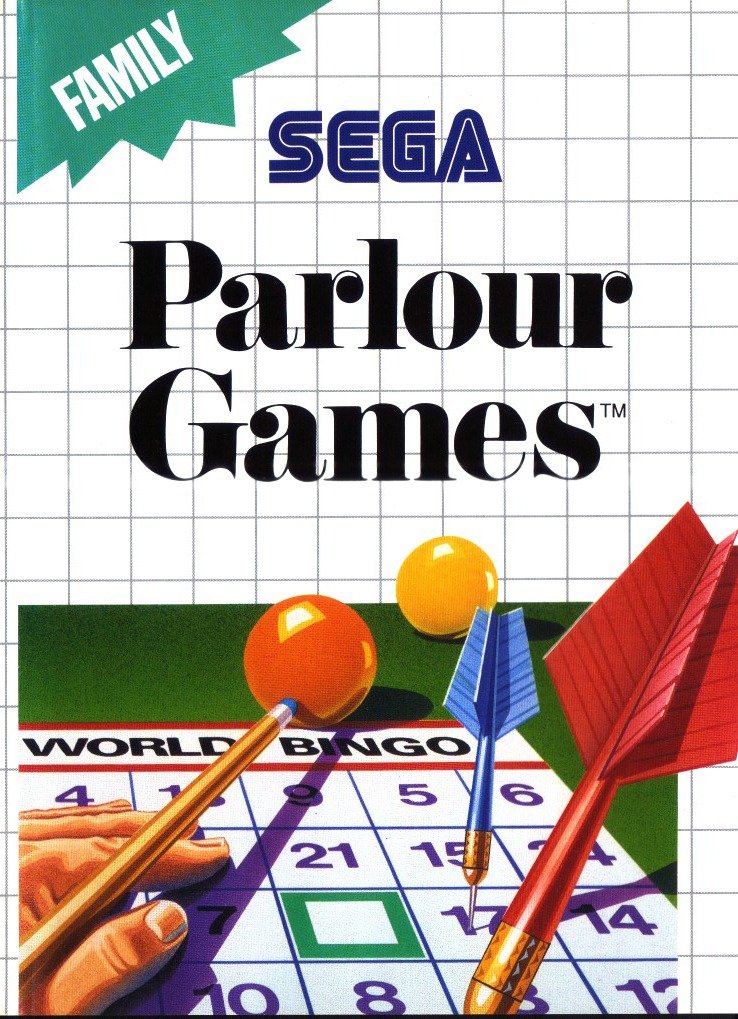
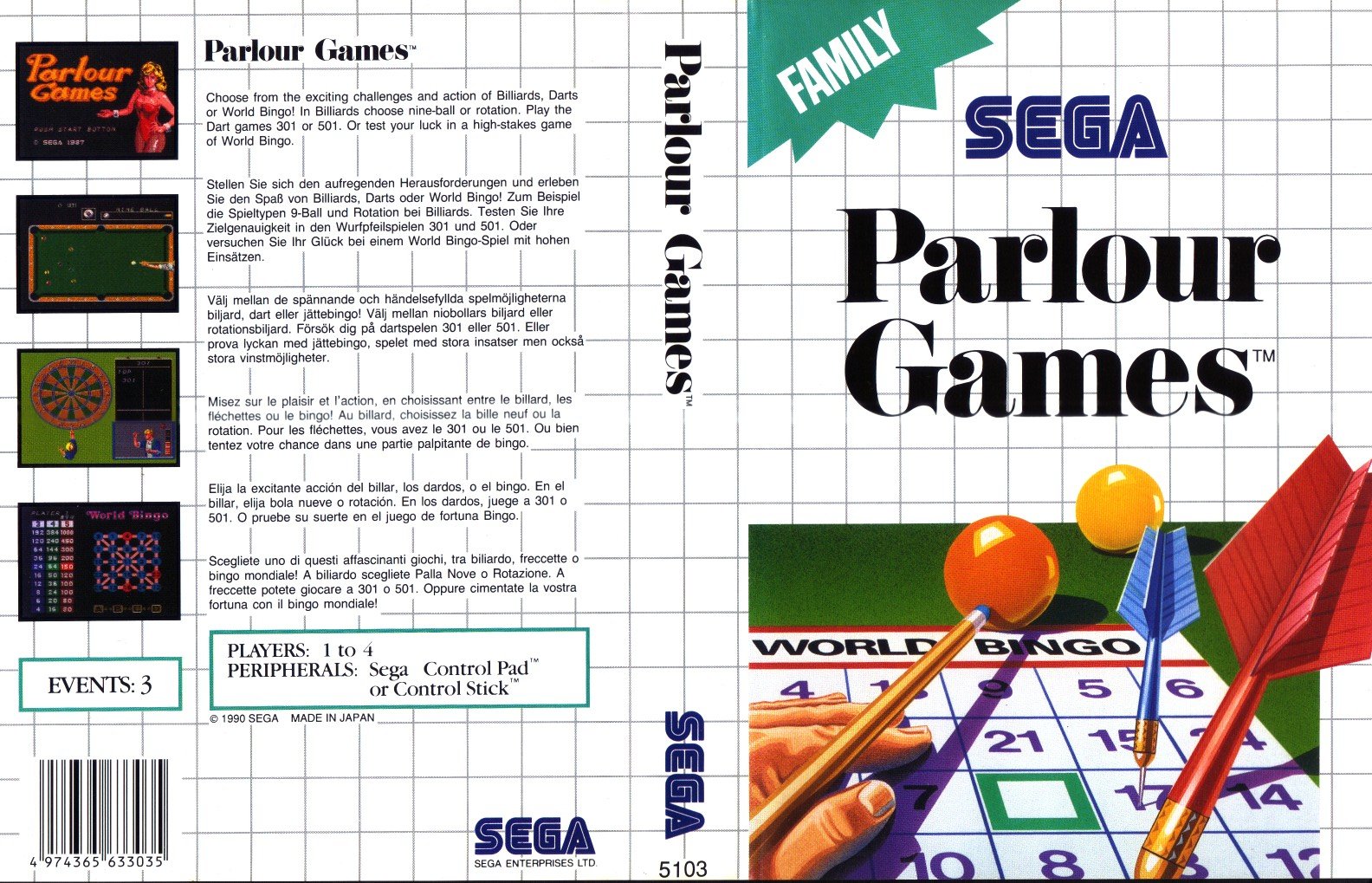
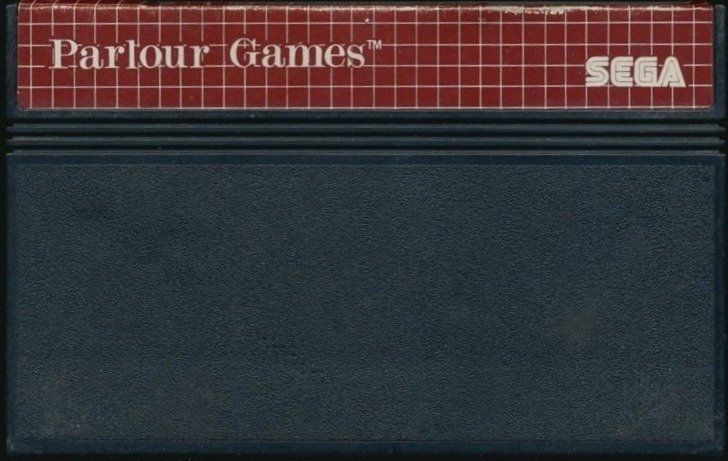


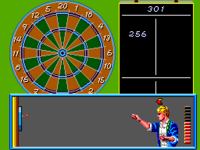
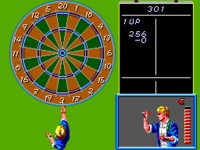
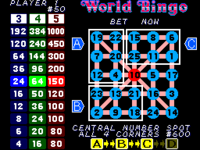
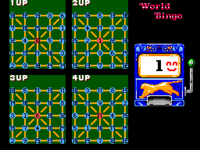





Reviews
There are no reviews yet.